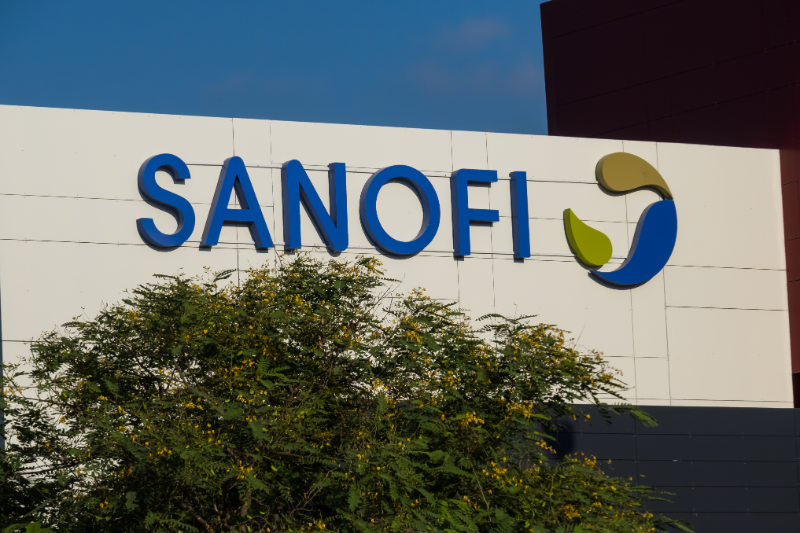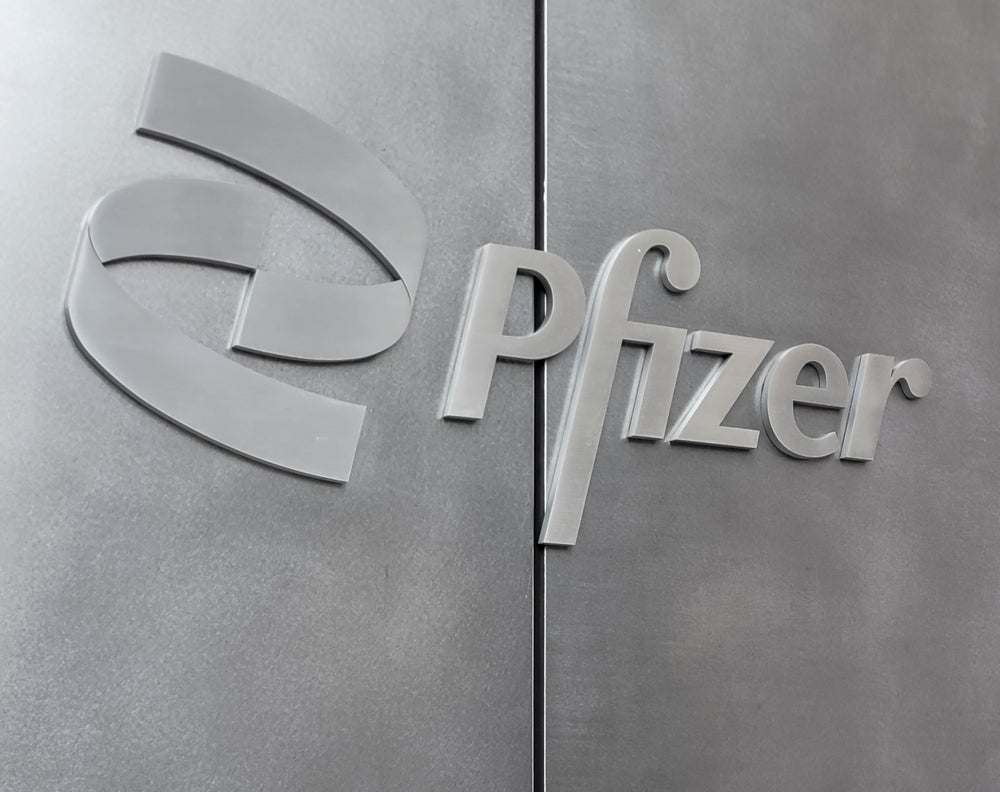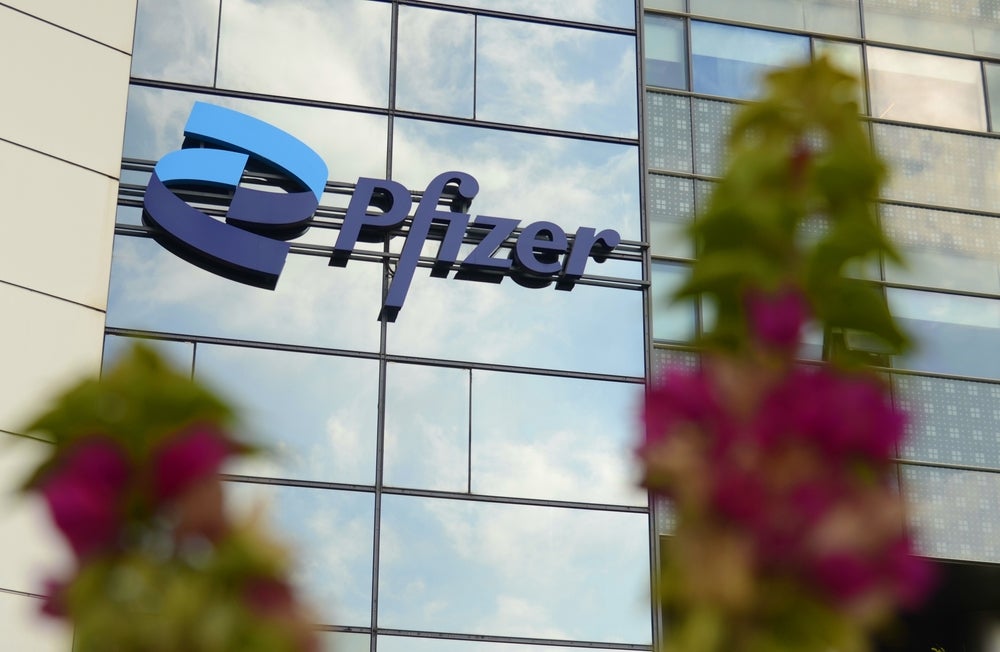Entering the immuno-oncology (IO) field as “next-in-class” is never an easy feat, especially for Sanofi and Regeneron late arrival Libtayo (cemiplimab-rwlc). The anti-programmed cell death protein 1 (anti-PD-1) agent was approved in September 2018 for cutaneous squamous cell carcinoma (CSCC), the second most common type of cancer in the US, becoming the sixth anti-programmed death protein 1/anti-programmed death-ligand 1 (anti-PD-1/anti-PD-L1) agent to enter the market. At the time, it was uncertain how the companies were planning to set Libtayo apart from the IO giants in this space, including Merck’s Keytruda (pembrolizumab), Bristol-Myers Squibb’s Opdivo (nivolumab), and Roche’s Tecentriq (atezolizumab). In late April 2020, the Swiss-American partnership announced that the Phase III trial of Libtayo for the treatment of newly diagnosed non-small cell lung cancer (NSCLC) patients had met its primary endpoints. The partnership also reported a positive outcome from a pivotal Phase II trial of Libtayo in basal cell carcinoma (BCC), the most common type of skin cancer, thus signalling swift back-to-back regulatory filings in two key indications. Although it is fair to speculate that Libtayo will secure more indications, the partnership should begin devising combination therapy strategies for Libtayo while that space remains mostly uncrowded in order to break through Libtayo’s current marginal market shares in the highly competitive IO field.
Anti-PD-1/anti-PD-L1 monotherapy in the front-line treatment of NSCLC is reserved for patients who cannot tolerate the combination of anti-PD-1/anti-PD-L1 and chemotherapy, a regimen that has been proven to reduce the risk of death by half. In the interim analysis from the Phase III trial in newly diagnosed locally advanced NSCLC patients, Libtayo monotherapy reduced risk of death by 32.4% when compared with chemotherapy, which is on par with Keytruda’s monotherapy performance in Keynote-042 trial, where the drug provided a 31% reduction in risk of death in the same patient population. However, Tecentriq has also been studied as monotherapy in this setting. The IMpower110 study showed that Tecentriq provided a 40% improvement in risk of death and extended patients’ lives by an additional 7.1 months when compared with chemotherapy alone. Given that it is difficult to make a cross-study comparison between the regimens because of different trial designs and distinct patient profiles enrolled in these studies, the encouraging results from Libtayo’s study could fail to translate into a competitive advantage against its well-established peers.
However, Sanofi and Regeneron have reported that nearly one-third of the advanced BCC patients enrolled in Phase II pivotal trial have shown a durable response to Libtayo, which exceeded one year for the majority of patients. This is a more significant finding as there are no approved treatments for this indication. While an approval in advanced BCC would make Libtayo the first anti-PD-1/anti-PD-L1 agent in this indication, use would be expected in the relapsed disease setting. A second-line approval in this indication will hardly represent a cornerstone for Libtayo’s future prospects in the IO field. Knowing that anti-PD-1/anti-PD-L1 inhibitors have reached their potential as monotherapies in the grand scheme of cancer therapy, it is vital that Sanofi and Regeneron extend into the combination therapy arena for Libtayo if they aim to exceed $1B in global sales for multiple years. In 2019, the US sales for Libtayo were less than $180M.
Currently, there are two ongoing early-stage clinical programs evaluating Libtayo in combination with SAR439459, an anti- TGFβ antibody, and REGN4018, a CD3-targeting bispecific antibody, in advanced solid tumours and ovarian cancer, respectively. Additionally, both companies have rich pipelines of antibodies that target novel immune checkpoints, which could be considered to be prospective combination partners for Libtayo. Another significant molecule in Sanofi’s pipeline is THOR-707, a selective non-alpha interleukin (IL)-2 analogue that was added to the oncology portfolio from the company’s $2.5B acquisition of the US biotech Synthorx in late 2019. Last year, the partnership between Bristol-Myers Squibb and Nektar showcased their selective IL2 agonist NKTR-214 in combination with Opdivo in several key indications. Similarly, THOR-707 could become a valuable asset for Sanofi/Regeneron in their pursuit for combination partners for Libtayo. As the IO market evolves toward combination therapies set around anti-PD-1/anti-PD-L1, there are wide-open opportunities for Libtayo in multiple cancer indications. Time will show whether the Sanofi/Regeneron partnership could turn things around for this late-comer and build Libtayo into a market contender in its field.
How well do you really know your competitors?
Access the most comprehensive Company Profiles on the market, powered by GlobalData. Save hours of research. Gain competitive edge.

Thank you!
Your download email will arrive shortly
Not ready to buy yet? Download a free sample
We are confident about the unique quality of our Company Profiles. However, we want you to make the most beneficial decision for your business, so we offer a free sample that you can download by submitting the below form
By GlobalData









Related Company Profiles
Roche SpA
Procter & Gamble Health Ltd
Nektar S.A.
Sanofi
Bristol-Myers Squibb Co